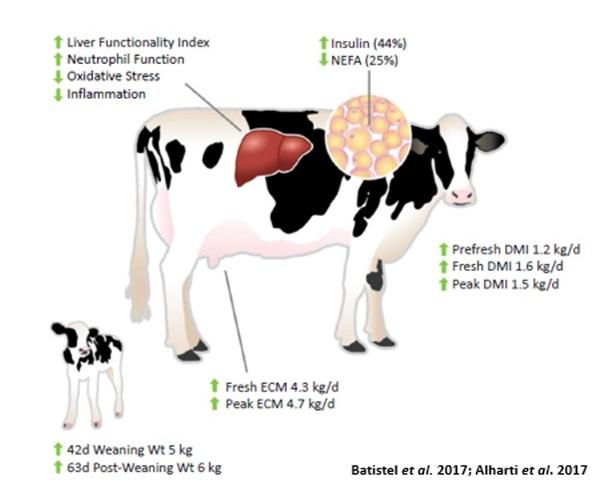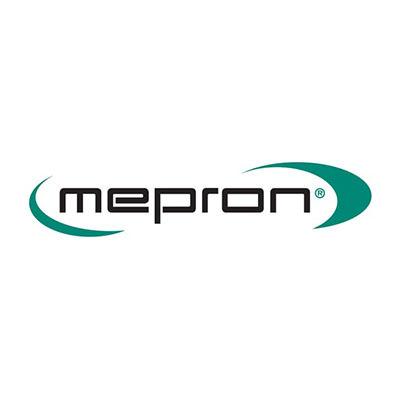Methionine is a nutritional and functional essential amino acid. Supplementation during the transition phase and at the beginning of lactation improves the health status and performance of high-producing dairy cows.
The transition phase is the most critical period in the production cycle of dairy cows and is characterized by a challenged immune system. Factors which have an influence on this are for example stress due to re-grouping, changes in the ration, parturition and the start of lactation. Therefore, most diseases will occur during this phase and nutrition plays a key role in supporting the immune system and ensuring overall health. Applying the right feeding strategy can help support optimum immune functioning and the health status of the animal, which will ensure a good start into lactation. During the last few years, the supplementation of rumen-protected amino acids, especially methionine, has become more and more important in transition cow nutrition.
In the majority of high-producing dairy cow rations, methionine is the first limiting amino acid, meaning it determines performance. In addition, methionine plays an important role in overall metabolism and is responsible for maintaining several immune functions.
Methionine is proven to reduce inflammation and oxidative stress as well as to enhance milk production
The research group of the University of Illinois (Batistel et al., 2017) has investigated the effect of feeding a rumen protected methionine (Mepron®, Evonik Nutrition & Care GmbH, 60 % metabolizable methionine) during the transition phase and up to 60 days in milk (DIM). In total 60 cows were assigned equally to two treatments, either the control and or the trial group. The composition of the ration was the same for both groups, except for the supplementation of protected methionine in the trial group (at 0.09 % of DM prepartum and 0.1 % of DM postpartum). The supplementation used ensured a Lysine : Methionine ratio of 2.8 : 1.
In addition to the performance parameters, blood samples were taken before and after calving to measure different biomarkers of liver function, inflammation and oxidative stress.
During the transition phase, the metabolic activity of the liver increases remarkably, to ensure an optimal nutrient supply for milk synthesis. Therefore, cows with a healthy liver function are able to overcome the transition phase without encountering any bigger problems. The liver synthesizes proteins and enzymes which can be measured as biomarkers of liver function in the blood. Cholesterol (responsible for the stabilization of cell membranes and maintaining nervous function) and paraoxanase (an enzyme with anti-oxidative and anti-inflammatory properties) are examples of two such biomarkers. Compared to the control group, the cows in the trial group had significantly higher levels of paraoxanase and cholesterol in blood after calving. Elevated levels of cholesterol can be partly explained by the higher dry matter intake of the trial group; but combined with the higher levels of paraoxanase, these values demonstrate that the addition of Mepron® enhanced liver function. Furthermore, the additional metabolizable methionine as a result of the Mepron® supplementation had a positive impact on different biomarkers of inflammation and oxidative stress. In addition, blood NEFA levels of the cows in the Mepron® group declined by 25 %.
These results indicate that the addition of rumen-protected methionine has a positive impact on the health status of high-performing dairy cows and in addition, the weaning weights of calves were also improved.
The increase in dry matter intake as well as in performance can be explained by the better health status of the animals. Methionine supplementation increased dry matter intake in the trial group by 1.4 kg on average, resulting in an increase of daily milk yield of about 4 kg during the first 60 DIM. A higher milk yield at peak production consequently leads to a better performance during the entire lactation. Economic calculations have shown that due to the addition of Mepron®, income over feed costs (IOFC) increased by approximately 40 € per cow during the transition phase and the first 60 DIM.











.jpg&w=3840&q=75)